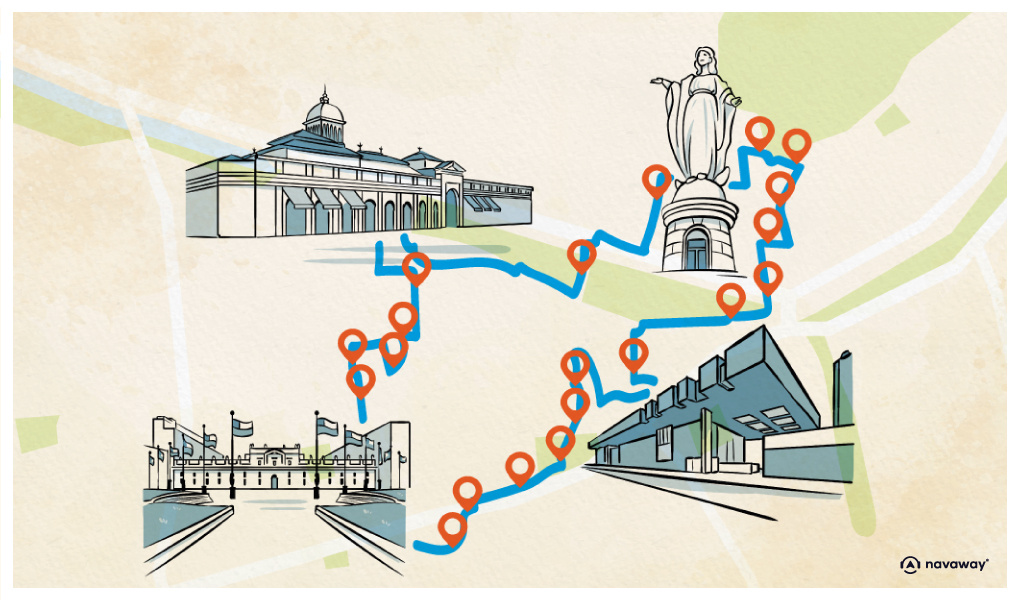
Gabriela Mistral Cultural Center
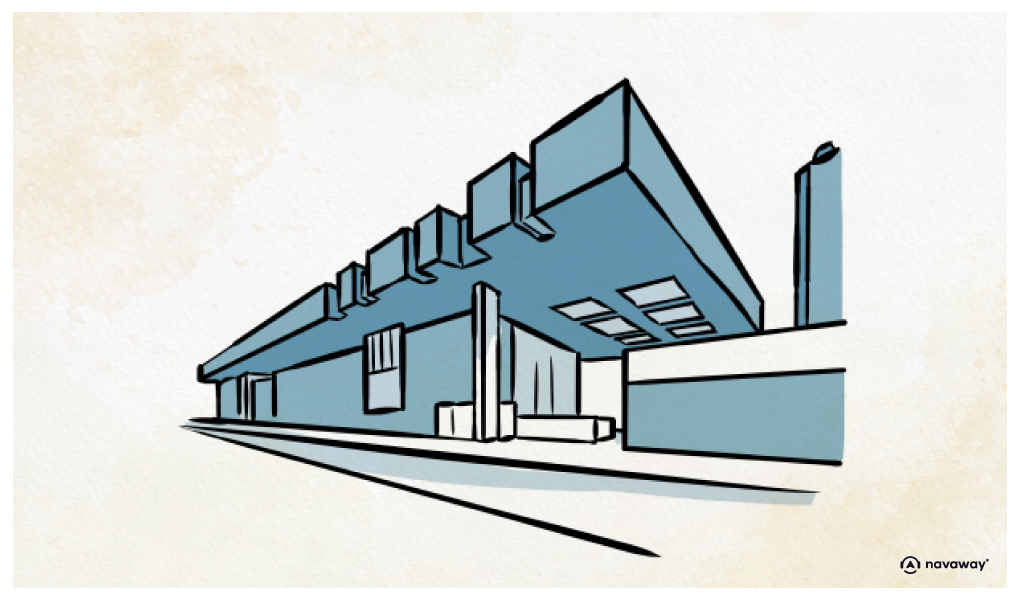
This point of interest is available as audio on the tour: Visit Santiago, Between Ocean and Andes
We’re now at a very special place in Santiago—the Gabriela Mistral Cultural Center, better known as the GAM. It’s one of the city’s most dynamic cultural spaces, hosting everything from theater and dance to visual art, music, and public debates. The center opened in 2010, but the building itself has a much longer story. It was originally constructed to host a major international conference led by the predecessor to the United Nations, which came to Santiago to discuss issues like poverty, trade, and development. After the 1973 military coup, the junta took over the building and used it as one of their headquarters. When democracy was restored in 1989, the space returned to being a convention center. Then in 2006, a fire caused significant damage, and President Michelle Bachelet’s government decided to completely transform it. The result is a public cultural center that’s inclusive, creative, and open to everyone, often hosting free events. Today, the GAM includes six performance halls, art galleries, conference rooms, a recording studio, libraries, open plazas, cafés, restaurants, and spaces to sit and take it all in. As you explore, you’ll also come across striking public artworks, like the stained-glass window by Juan Bernal Ponce above the entrance, a giant wicker fish suspended in midair, sculptures, fountains, and more. Before you head off to explore or continue your walk, let’s take a moment to talk about Gabriela Mistral, whom this space is named after. A former schoolteacher and a fierce advocate for education, Mistral had such a powerful voice as a poet that she became the first Latin American to win the Nobel Prize in Literature. Her work is known for its emotional depth, connection to nature, and focus on justice, democracy, and the human condition. She stayed true to her modest beginnings and never lost her love for the valleys where she grew up. When she passed away, Chile began three days of national mourning. In her will, she asked that the royalties from her book sales in South America be donated to poor children in her hometown of Montegrande, the same village where she’s buried. Even if you don’t step inside the GAM, maybe you’ll be tempted to explore Gabriela Mistral’s poetry on your own.


Discover Santiago with app
An interactive guide through the most beautiful streets, squares, and districts
26 fun audioguides full of historical facts, anecdotes, and legends
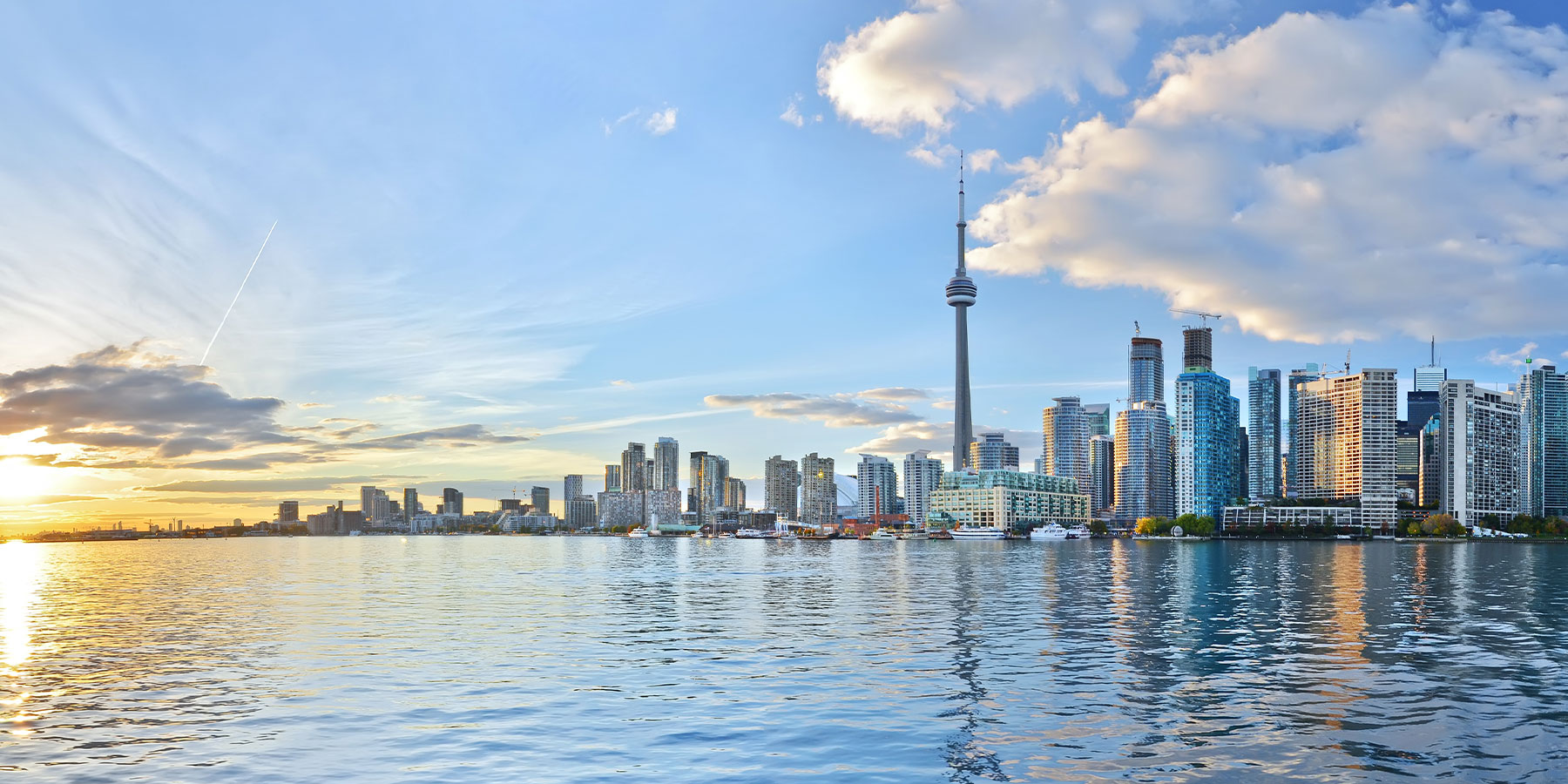
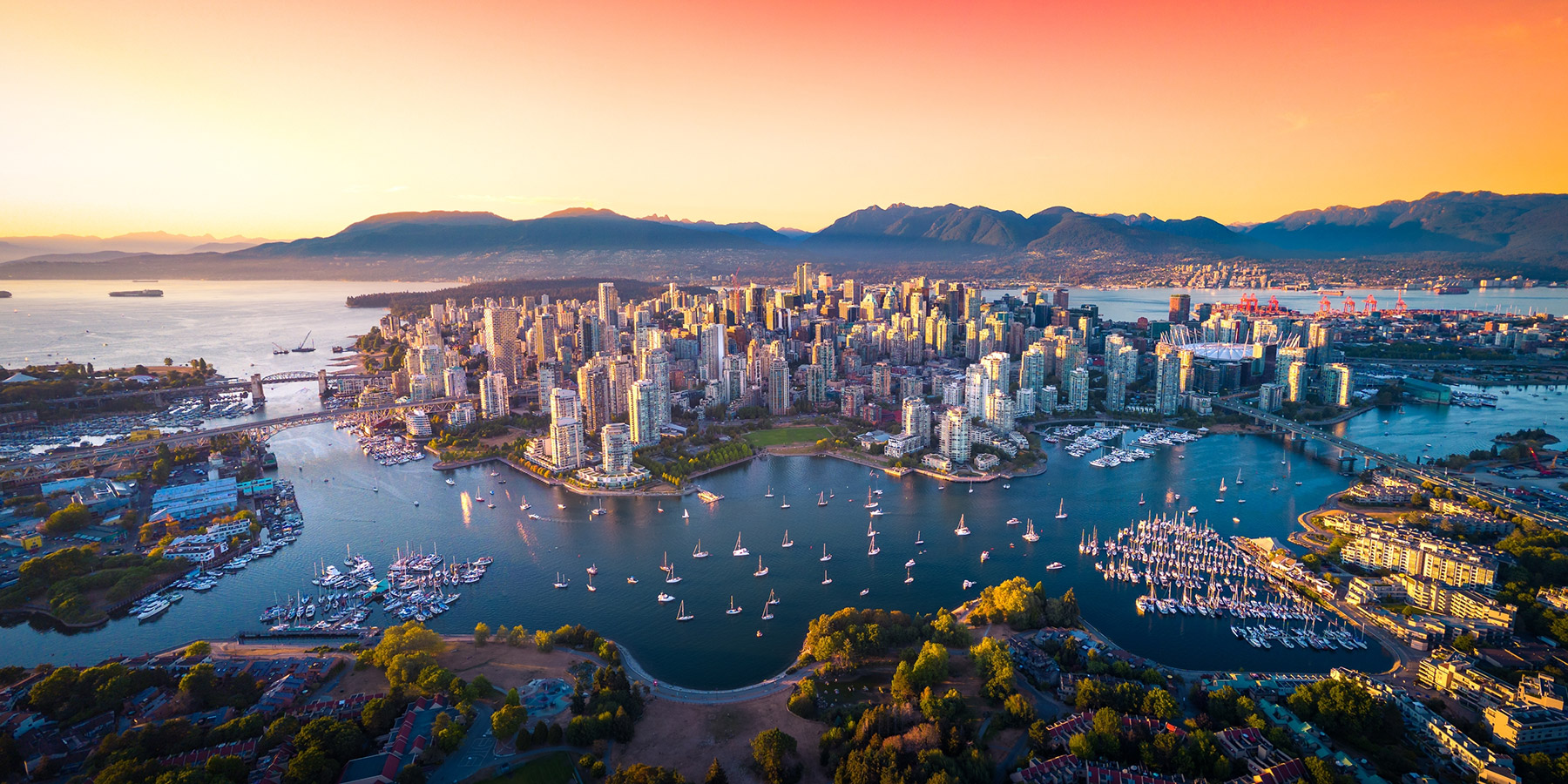
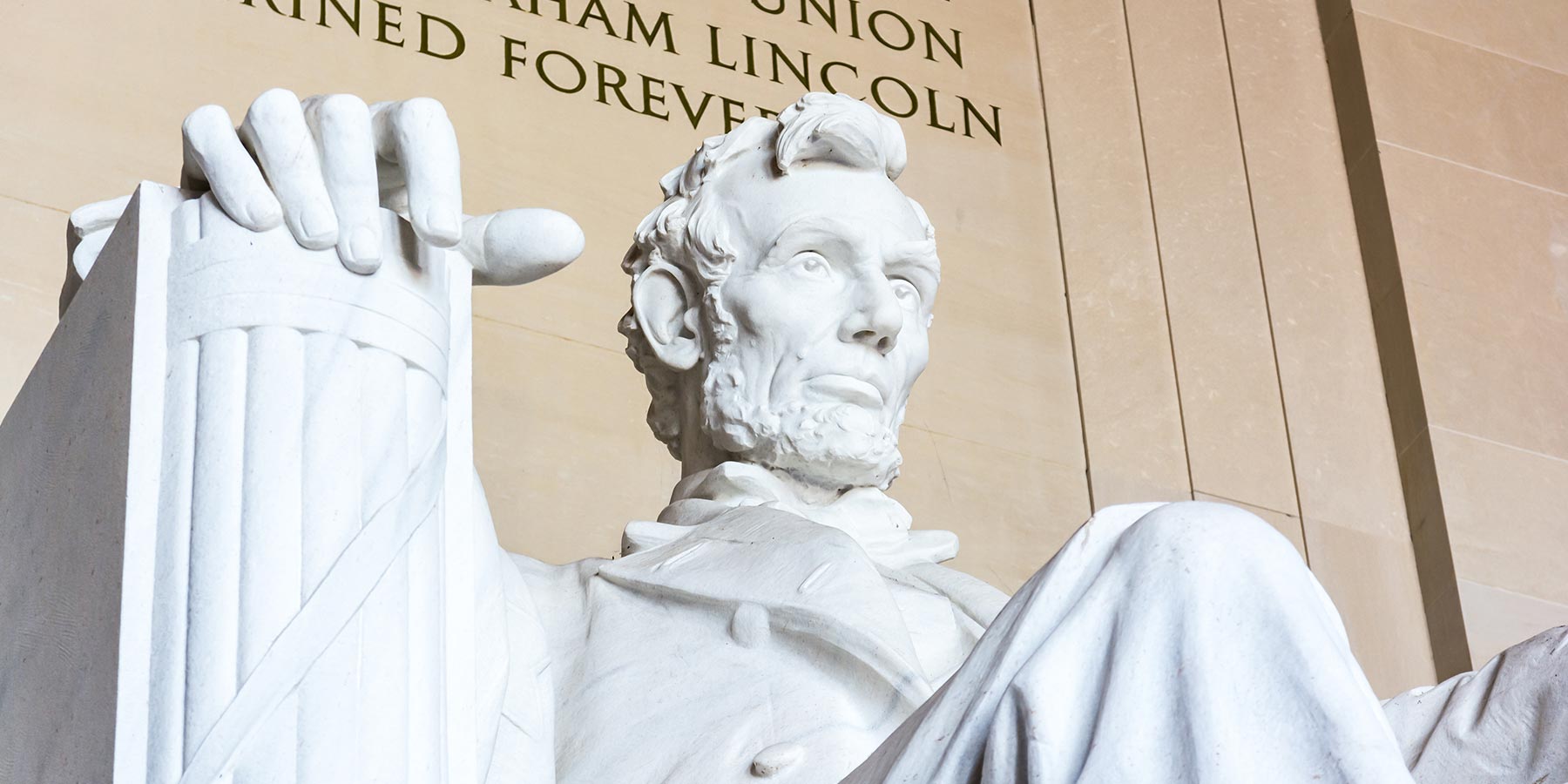
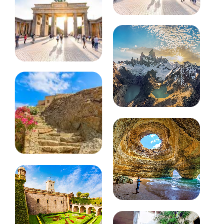

Comments